The H Paniculata Flower That Will Make You Say
The H Paniculata Flower That Will Make You Say
Hydrangea paniculata is a beautiful and versatile shrub that is perfect for adding a touch of elegance to any garden. It is known for its large, panicle-shaped flowers that can bloom in a variety of colors, including white, pink, blue, and purple. H. paniculata is also relatively easy to care for, making it a great choice for even the most novice gardener.
In this blog post, we will take a closer look at H. paniculata, including its history, different varieties, and how to care for it. We will also discuss some of the benefits of adding this beautiful shrub to your garden.
History of H. paniculata
H. paniculata is native to East Asia, where it has been cultivated for centuries. The first recorded mention of this shrub was in China in the 11th century. H. paniculata was introduced to Europe in the 17th century, and it quickly became popular as an ornamental plant.
Varieties of H. paniculata
There are many different varieties of H. paniculata, each with its own unique characteristics. Some of the most popular varieties include:
- Limelight: This variety is known for its large, lime-green flowers that bloom in late summer.
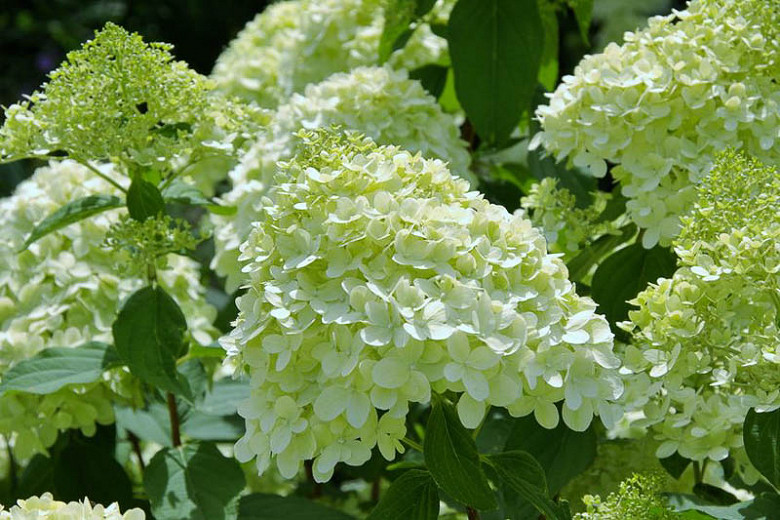
- Pink Annabelle: This variety is known for its large, pink flowers that bloom in late summer.
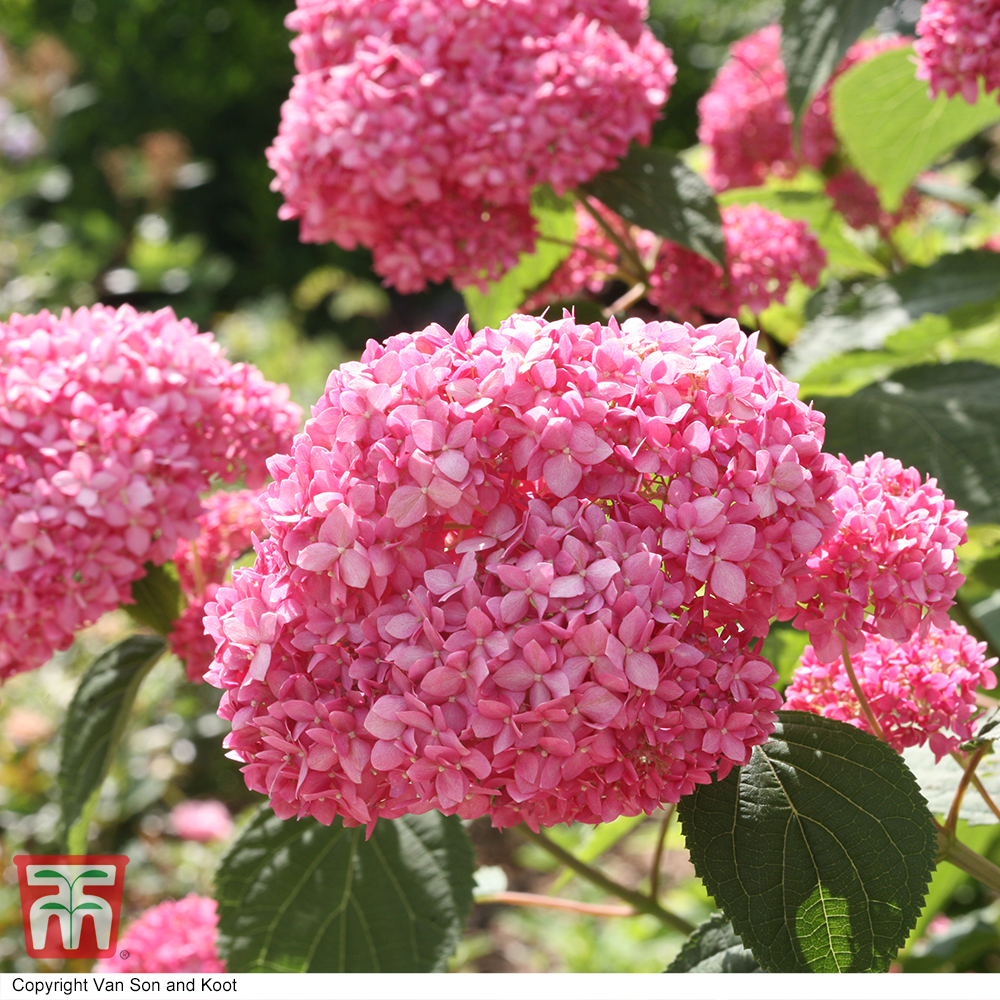
- Grandiflora: This variety is known for its large, white flowers that bloom in late summer.
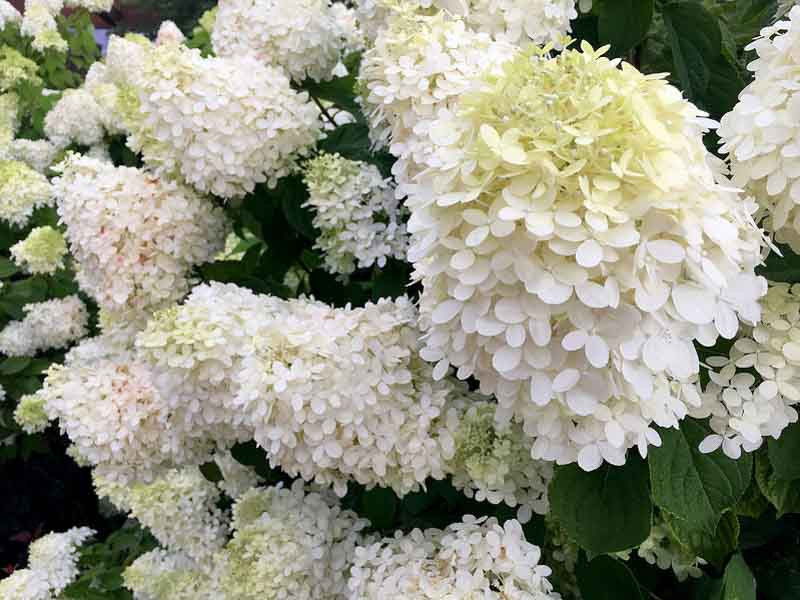
- Tardiva: This variety is known for its late-blooming flowers, which can last into the fall.
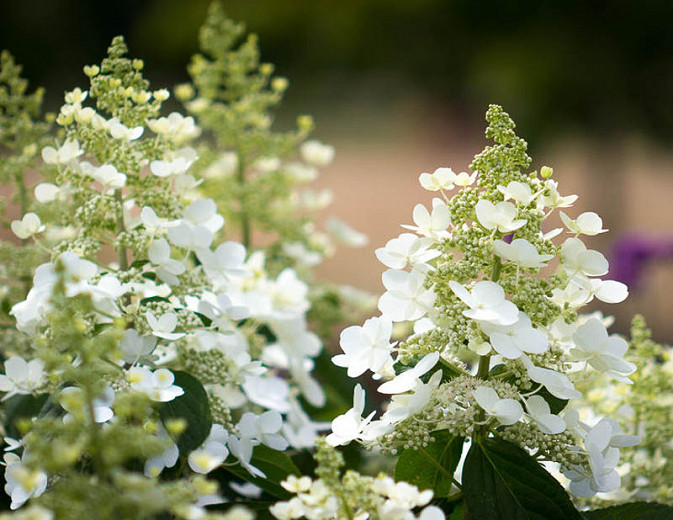
How to care for H. paniculata
H. paniculata is a relatively easy plant to care for. It prefers full sun to partial shade, and it needs well-drained soil. H. paniculata is also drought-tolerant, so you don't need to water it too often.
To help your H. paniculata thrive, you should fertilize it once a year in the spring. You can also deadhead the flowers after they have finished blooming to encourage new growth.
Benefits of adding H. paniculata to your garden
There are many benefits to adding H. paniculata to your garden. Here are a few of the most notable:
- Beautiful flowers: H. paniculata is known for its large, showy flowers. These flowers can add a touch of elegance to any garden.
- Long blooming period: H. paniculata blooms for several months, from late summer to fall. This makes it a great choice for adding color to your garden during the late summer months.
- Drought-tolerant: H. paniculata is drought-tolerant, so you don't need to water it too often. This makes it a great choice for gardens in warm, dry climates.
- Versatile: H. paniculata can be grown in a variety of settings, including in containers, in borders, and as a specimen plant.
Conclusion
H. paniculata is a beautiful and versatile shrub that is perfect for adding a touch of elegance to any garden. It is relatively easy to care for, and it can be grown in a variety of settings. If you are looking for a new shrub to add to your garden, H. paniculata is a great option.
H paniculata, also known as peegee hydrangea, is a beautiful and versatile shrub that is perfect for adding a touch of color to any garden. It is known for its large, panicle-shaped flowers that can range in color from white to pink to blue. H paniculata is also relatively easy to care for, making it a great choice for even novice gardeners.
If you are interested in learning more about h paniculata, I suggest you visit . This website has a wealth of information on the plant, including its history, cultivation, and care. You can also find photos of h paniculata in bloom, as well as tips on how to choose the right variety for your garden.
FAQ of h paniculata
Question 1: How much sun does H paniculata need?
Answer: H paniculata is the most sun-tolerant of all hydrangeas. It needs at least 4 hours of direct sunlight per day, but it can tolerate up to 6 hours. In hotter climates, afternoon shade is beneficial.
Question 2: What are the best growing conditions for H paniculata?
Answer: H paniculata prefers rich, medium moisture, well-drained soils. It is not fussy about the soil type as long as it is well-drained. It is more drought tolerant than its cousins, Hydrangea macrophyllas.
Question 3: How do I care for H paniculata?
Answer: H paniculata is a relatively easy plant to care for. Water it regularly, especially during the summer months. Fertilize it once a year in the spring with a balanced fertilizer. Deadhead spent blooms to encourage new growth.
Question 4: Why is my H paniculata not blooming?
Answer: There are a few reasons why your H paniculata might not be blooming. One possibility is that it is not getting enough sunlight. Another possibility is that it is not getting enough water. Finally, it is also possible that the plant is not getting enough fertilizer.
Question 5: What are some common pests and diseases that affect H paniculata?
Answer: The most common pests that affect H paniculata are aphids, spider mites, and scale insects. The most common diseases that affect H paniculata are leaf spot and powdery mildew.



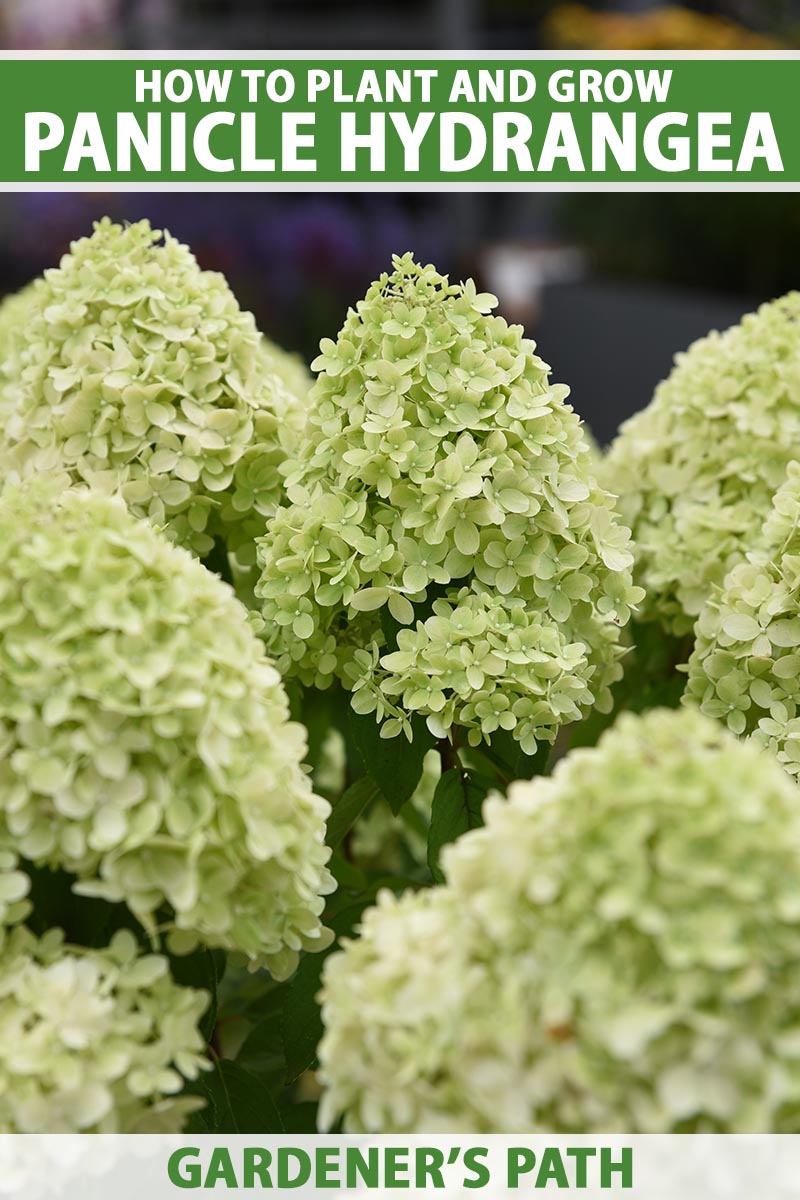
Post a Comment for "The H Paniculata Flower That Will Make You Say"